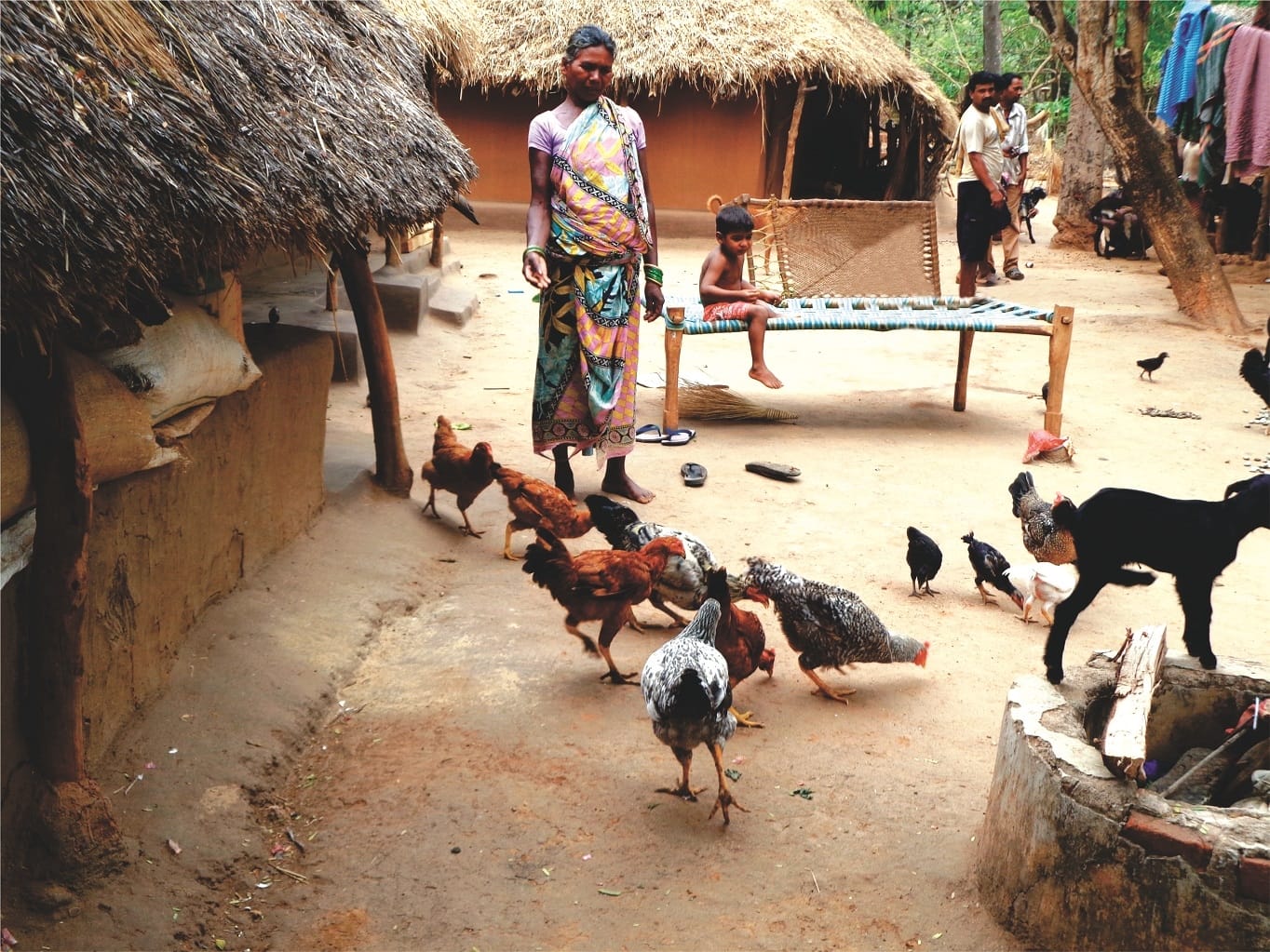
INTEGRATED RURAL LIVELIHOOD DEVELOPMENT
Despite initiatives aimed at inclusive growth in the country, poverty persists because of limited access to productive resources, such as land, water, improved inputs, technology and micro-finance, as well as vulnerability to climate change and natural calamities.
It bears repeating that IFFDC's rural livelihoods approach places people at the centre of development and focuses on building assets and skills, supportive policies, robust institutions and regulatory structures that both encourage growth and protect the most vulnerable, so that, women and men together can access new opportunities for income generation and employment for their sustainable livelihoods.
IFFDC is undertaking several measures in collaboration with IFFCO for increasing productivity, reducing input costs, value addition, non-farm income generation, providing marketing support etc. for enhancing the livelihoods of the poor and marginalised communities.
PROJECT DESCRIPTION
|
Project |
State |
District |
|
Rural Livelihood Development Project |
Odisha |
Ganjam |
|
Rural Livelihood Development Project |
West Bengal |
Jhargram and Alipurdwar |
The focus is on promotion of available appropriate technologies for farming system development, water resource development, women empowerment, capacity building, skill development etc. that have not yet percolated to the farmers' fields. In this regard, the IFFDC is adopting 'Farmer-Centric' processes through training, extension, exposure visits and cluster approach to achieve economies of scale and for having a demonstrative effect. The components on which the interventions for developing rural livelihood depends are depicted as follows:
Progress
l Under Environment Conservation, 3,700 Arecanut, Peepal and Coconut, saplings have been planted on farmers fields. 650 families were provided with 1,300 LED Bulbs, which are helping to save electricity cost and energy.
l 8 Training programmes for skill development on Proper Functioning & Management of Groups, Record Keeping etc. for SHGs have been organised.
l 225 women members of SHGs were supported for undertaking income generation activities i.e. Spice Processing, Badi Making, Catering Business, Rice Shelling, Papad Making and Paper Plate Making etc. Moreover, help was extended to 448 poor families for fish farming, pig and poultry rearing by providing improved breeds and generate an alternate source of income and livelihood for them.
l For crop improvement and productivity enhancement, 600 farmers have been supported with High Yielding Variety (HYV) Seeds of Vegetable, Pulses and Oil Seed Crops. 1674 farmers have adopted the use of innovative crop nutritious products i.e. IFFCO Water Soluble fertilizers and Bio-fertilisers. Further, the promotion of the world's first Invention viz IFFCO Nano Urea Plus and IFFCO Nano DAP (Liquid) has been done by providing the Nano Fertilizers bottles to 1,354 farmers. This has helped in increasing crop yields, reducing production costs, improvement of soil health and environment conservation.
l Water Resource Development has been carried out and 7 Shallow tube wells, 04 Ponds, 06 Farm Ponds (Hapa), 2 Bore-Wells with solar based Water Filter Units and 4 Hand pumps have been installed. This has resulted in an increased 45 hectare additional area under irrigation and provided 125 rural families with safe drinking water. For water use efficiency, Sprinkler sets were set up in 6 acres of land.
l The adoption of mechanised farming by providing farmers with Petrol Operated Water Pump Sets, Spray Machines and SHG members with Hand Power Weeders has helped reduced drudgery.
Outcome
l Due to increase in water availability in the nearby wells and tube wells, farmers are now able to provide 2-4 times more irrigation to their crops. New crops i.e. Cabbage, Tomato, Peas, Potato, Chilly, Brinjal etc have been introduced in the project area as a result of improved water supply.
l Farmers have assured developed water resources, which helps in increasing additional area under irrigation. These additional resource availabilities have also helped allowed cultivation of a second crop and the cropped area and cropping intensity has a result also increased.
l All the project villages are institutionalised through Self Help Groups (SHG) providing financial support for addressing immediate needs and setting up of Micro-enterprises.
l Enhanced income of members through various Income Generation activities and Micro-enterprises is leading towards their self-reliance.
l Awareness generation has helped in minimising social evils and improving livelihoods of the community.
l Farmers have started cultivating High Yield Varieties (HYV) and cash crops for more production and income leading to better livelihoods.